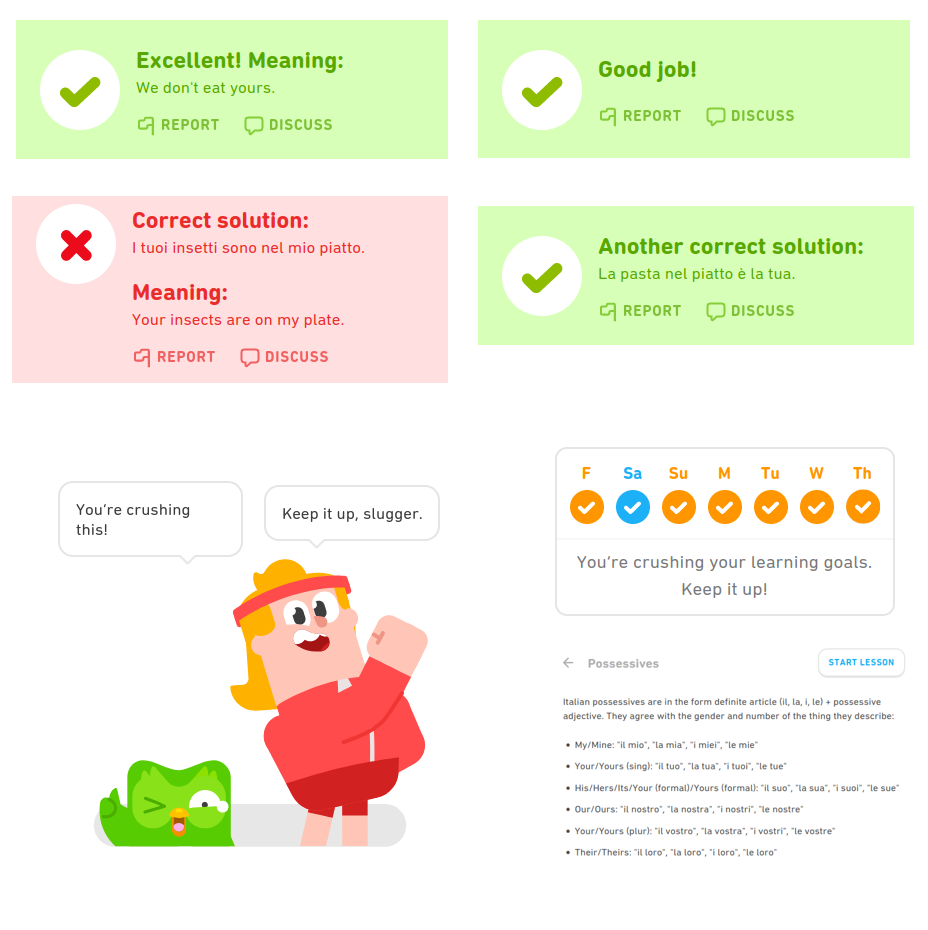Sorry for the confusing title, bad sense of humor. So there is this paper. It’s called What a Coach Can Teach a Teacher, 1975-2004: Reflections and Reanalysis of John Wooden’s Teaching Practices. Two researches went out to observe how the John Wooden (a comprehensively successful, if not legendary coach) went about teaching football.
The aim of the Gallimore and Tharp was to gather insights that could be applied to teaching in general. Quite a novel idea in the seventies, and their succeeded as well. I however am neither a football player, coach or teacher, so this paper summary is in the spirit of generalizing even further, in a sense.
Let’s get to it. The paper I am citing here is actually a paper reflecting on the original paper and is interesting in its own right, but for now I am interested in the OG paper. At its core is this observational result:

The researchers codified and counted utterances of Wooden. I badly sketched the result here.
Fascinating, right? Over half is just pure communicated information on how to do stuff properly. OK, it is quite at odds with how football practice is portrayed in bad movies, but it goes deeper than that.
Here are some screenshots of the language learning platform duolingo. See if you can’t spot some compliments, hustles, reproaches and so on:

Il mio italiano non è buono
Now, according to this paper, is duolingo designing their “coaching” well? Trick question; we can’t actually say. Of course, this paper does not proof (nor claims to) that teaching strategies in a sports practice context can be transferred anywhere else and if so how. As such, it is not even proof that coach Wooden’s undeniable success is at all related to that.
But what’s stopping you to use a “Wooden” in YouTube videos, in instrument learning, while programming, when writing technical documentation? It is a very cool concept! If you are writing learning software, think about the ratio of compliments to information. Play with it.
Are you teaching people that already want to learn what you have to say, like players of a top-tier football team? Compliments may be needed less. How to implement ‘hustles’ in interactive software? Lots to think about here. Very hectic paper.
Thanks for reading! This post is part of my series of reading and summarizing papers, mostly relating to UX. I use a casual tone because that’s the most fun to me. That means my interpretation of a given paper may be off. Or incomplete. Or plain wrong. Always think for yourself, and for the love of God, don’t cite this in an academic context. Use the original article instead. Cheers!